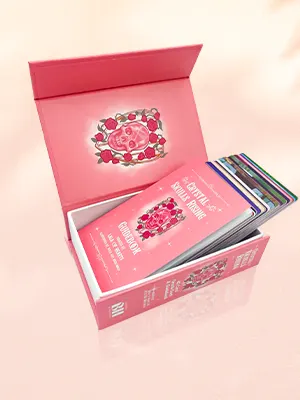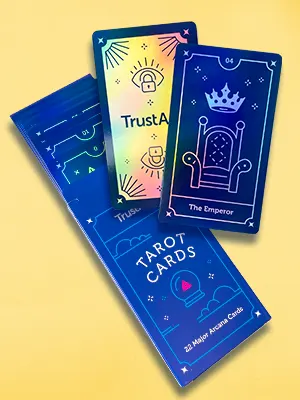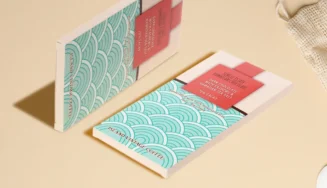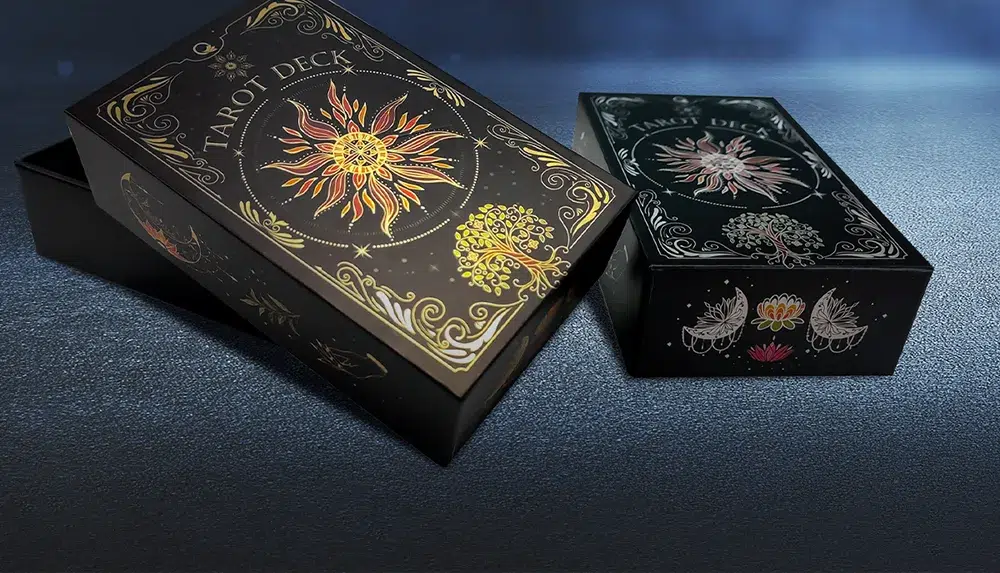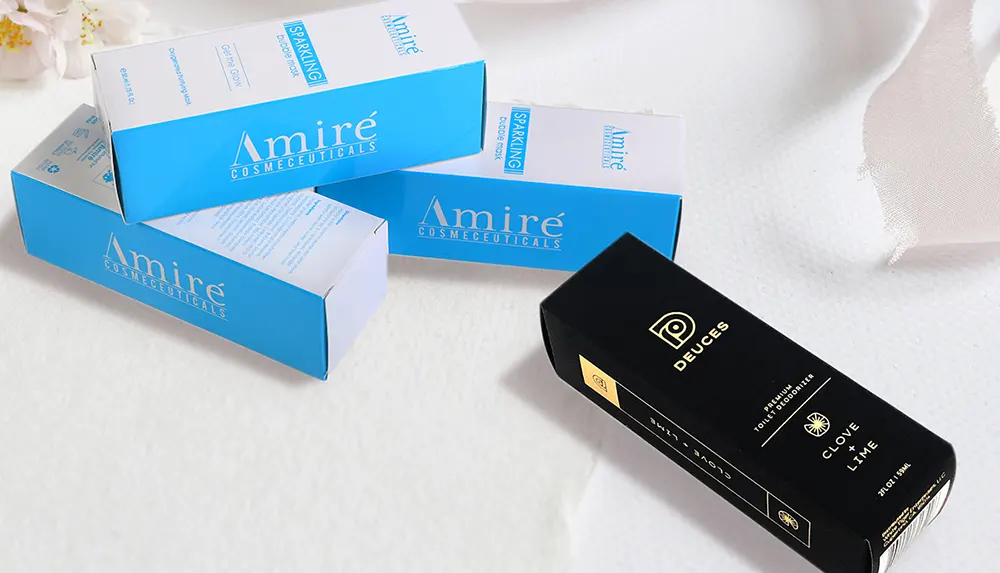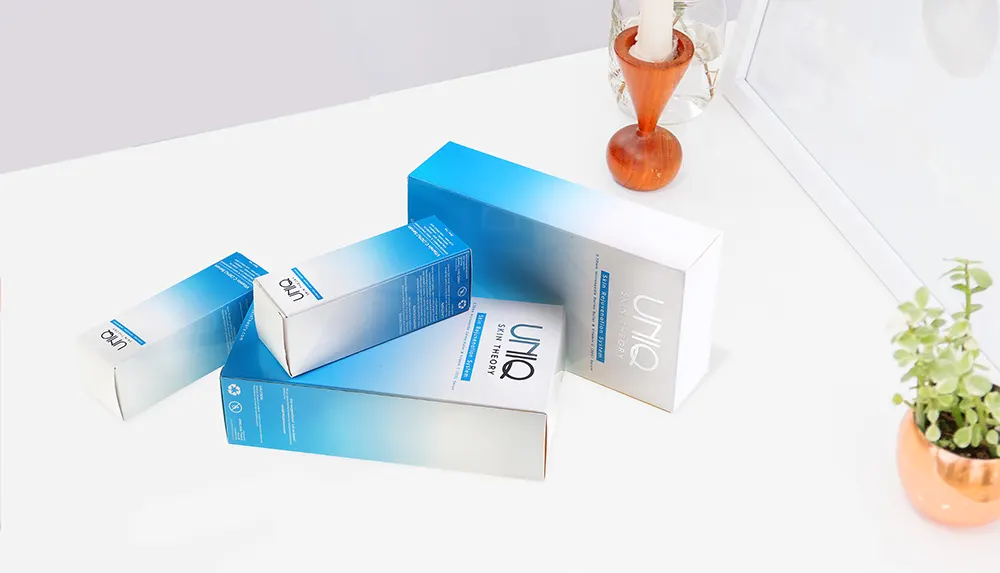We talk you through the what, why, and how of meeting the increasing consumer demands for sustainability through re-imagining your food products packaging and more
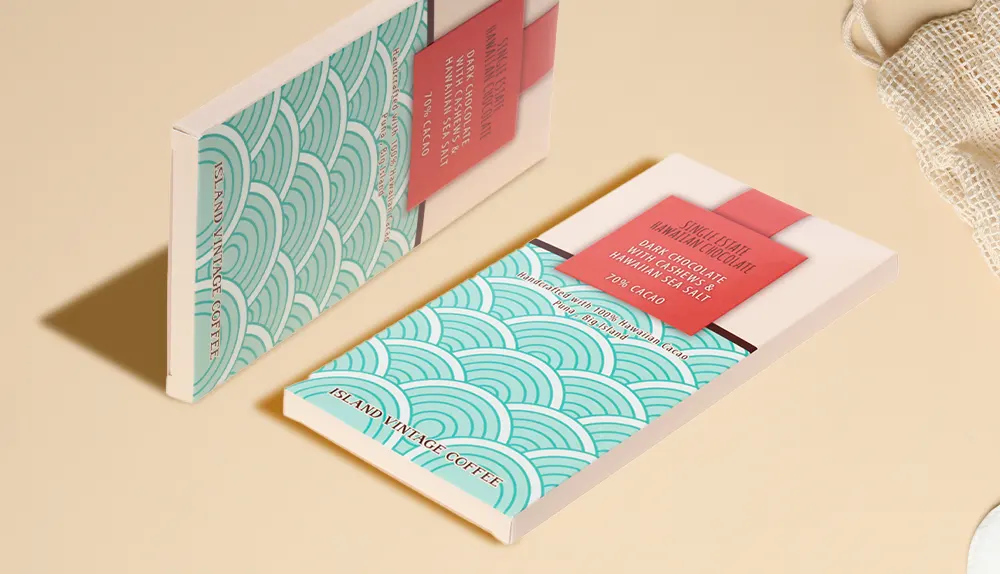
Paper Box Printed by QinPrinting
Sustainability has become one of the major driving forces behind innovation in food packaging design and manufacture. As consumers and policymakers grow increasingly eco-conscious, the offset printing and packaging industry is racing to adopt solutions that reduce their environmental impact and support an ecological transition to get closer to the principles of a so-called “circular economy”. The goal isn't just to protect the planet but also to create smarter systems that reduce waste, conserve resources, and encourage recycling; all of which, it's now widely recognized, come with considerable economic benefits, too.
But know this: the shift toward sustainable packaging isn't merely a trend, another “bandwagon” that some are jumping on; it's a necessity. Today's consumers are scrutinizing the ecological footprints of the products they buy, and governments worldwide are rolling out stringent regulations to curb packaging waste. For businesses, the challenge is clear: transition to greener alternatives without compromising safety, functionality, or aesthetics. But thanks to scientific advancements, there are now a variety of innovative options that can meet these demands.
Why sustainability matters in food packaging
Packaging waste has long been a pressing issue, particularly in the food industry, where convenience often comes at an environmental cost. From single-use plastics to excessive wrapping, traditional packaging materials continue to contribute significantly to landfills and marine pollution. In contrast, sustainable solutions aim to address these issues by incorporating recyclable, compostable, or biodegradable materials that are sustainably sourced and manufactured and that fit seamlessly into the circular economy.
The push toward eco-friendly packaging also complies with new legislation about packaging, labeling, and disposal. Don't think of these laws as just bureaucratic hurdles; they can be catalysts for innovation, prompting you to rethink your packaging strategies. So, choosing sustainable materials isn't just about compliance, though—it's an opportunity to strengthen brand loyalty, attract eco-conscious customers, and position your company as a forward-thinking market leader.
Innovative and sustainable materials in action
One of the most exciting developments in food packaging is the rise of biodegradable and compostable materials. New-era plastics offer a fully compostable alternative to conventional plastics. They also break down naturally in industrial composting facilities, leaving behind no harmful residues.
Another potential game-changer that's gaining traction in the market is thermoformable paper, an increasingly popular choice for packaging fresh foods. This material combines the strength and flexibility needed for food protection with the advantage of being both recyclable and compostable—once any plastic linings are removed. Similarly, PET (polyethylene terephthalate), though still a plastic, stands out for its high recyclability and clarity, making it an excellent choice for products where visibility is as important as sustainability.
Overcoming challenges and embracing opportunities
Transitioning to sustainable food packaging isn't without its challenges. Biodegradable materials, for instance, may not always match the durability or barrier properties of traditional plastics. Costs can also be higher, particularly for small-scale businesses that lack the purchasing power of larger competitors. However, these challenges are being addressed through ongoing research, economies of scale, and government incentives.
Another critical factor is infrastructure. While a package may be labeled recyclable or compostable, its eco-friendliness hinges on proper disposal and processing. Without robust recycling systems or industrial composting facilities, even the most innovative materials can end up on landfills. This underscores the importance of not only developing sustainable packaging but also advocating for improved waste management systems globally.
At QinPrinting we believe that, for businesses, the rewards of adopting sustainability as a goal far outweigh the risks. Eco-friendly packaging isn't just a tool for reducing environmental impact; what we've learned over the last decade is that it's a marketing advantage. Consumers are increasingly loyal to brands that demonstrate genuine environmental responsibility, and sustainable packaging is a visible and impactful way to show your commitment. Fine, so now we've covered the what and they why. The next, and most important, question must be, how?
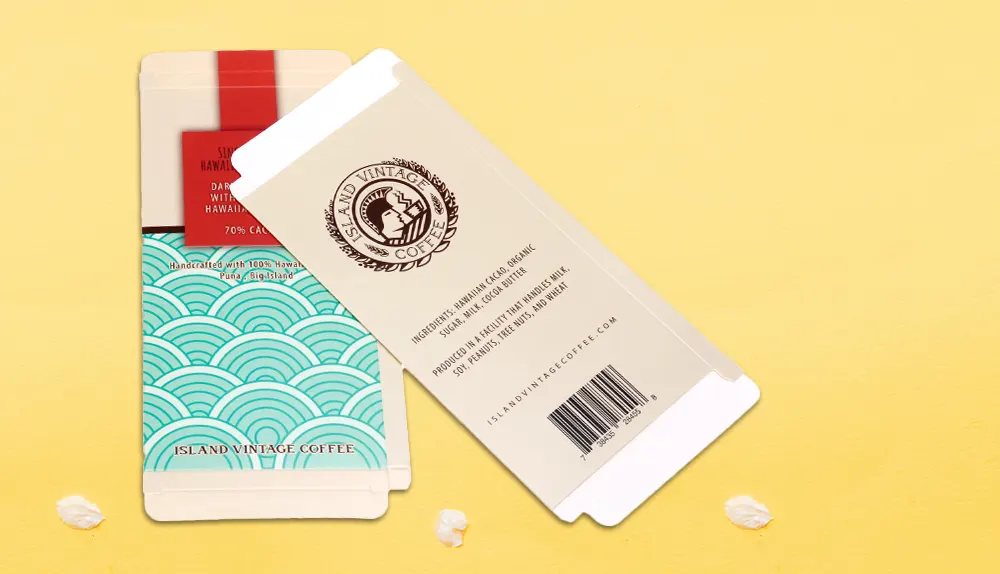
Paper Box Printed by QinPrinting
Practical steps to move your business toward sustainability
If you're now looking to make the switch to more sustainable food packaging, we recommend that you begin your journey with a comprehensive packaging audit. By evaluating your current materials and processes, you can identify areas for improvement and set realistic sustainability goals. Partnering with suppliers who specialize in eco-friendly materials—why, hello there!—is another vital step, as is educating your team and customers about the benefits and proper disposal methods for your new packaging.
A common myth is that sustainability means sacrificing aesthetics or functionality. Nothing could be further from the truth. Many modern solutions combine practicality with eye-catching designs, proving that green packaging can be as attractive as it is responsible. Smart packaging, for instance, integrates features like freshness indicators or QR codes that provide consumers with detailed information about a product's origin and disposal.
Get ready for the future of food packaging
At QinPrinting, we believe that the future of food packaging is bright—and green. Advances in technology are paving the way for smarter, more sustainable solutions. Minimalist packaging, which reduces material usage without compromising product protection, is gaining traction alongside refillable and reusable systems.
As the industry evolves, we predict that the focus will probably shift from simply reducing waste to creating systems that actively benefit the environment. Imagine packaging that not only biodegrades but also enriches the soil, or materials that sequester carbon during production. These innovations may seem futuristic now, but they're closer than you may think.
Sustainability in food packaging is no longer a niche concern—it's the new standard. By getting on board with eco-friendly materials and practices, your business can meet regulatory requirements, enhance your brand image, and contribute to a healthier planet. The journey may require investment and innovation, but the payoff—a more sustainable future for all—is well worth it.
Let's talk. We're here to help!
At QinPrinting, our commitment to environmental sustainability is integral to our operations. We prioritize the use of eco-friendly materials, such as FSC-certified paper and board, which ensures responsible forest management and supports biodiversity. And we use biodegradable soy-based inks, which are less harmful to the environment compared to traditional petroleum-based inks. Our sustainable packaging solutions include a variety of materials tailored to meet diverse needs. We offer custom kraft boxes, known for their durability and recyclability, making them an excellent choice for businesses aiming to reduce their environmental footprint. For products requiring robust protection, our corrugated boxes provide strength while being fully recyclable. Our rigid boxes can be crafted from recycled materials and are designed for reuse.
By integrating these sustainable materials into your packaging solutions, we help your business renew your brand image and meet the growing consumer demand for environmentally responsible products.
If you have other questions or need clarification or help with any aspect of preparing, designing, and printing your custom sustainable food packaging, shoot us an email to [email protected] or just call us on +1 951 866 3971 and we'll be delighted to do all we can to help you.
Important notice: in this post, we refer to non-contact external food packaging for branding, marketing, and display. We cannot deliver packaging which comes into direct contact with foodstuffs.

